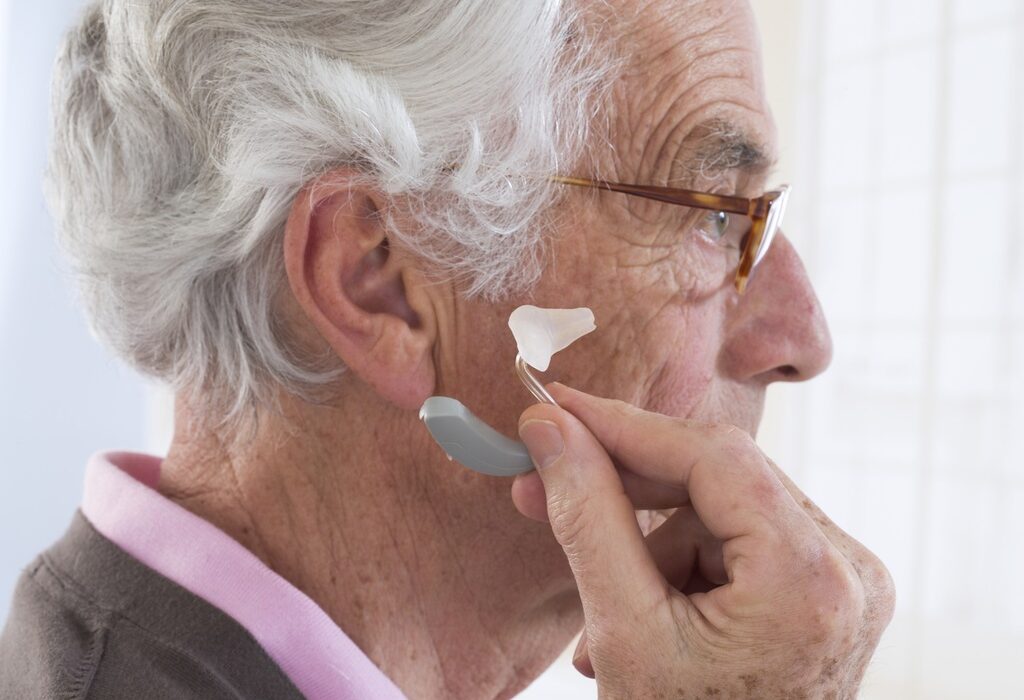Hearing aids have transformed the lives of those with hearing impairments. These delicate devices, however, might occasionally show signs of wear and tear, signaling the need for some professional attention. Here, we delve into several indicators of hearing aids that might need repair.
Diminished Sound Quality
Over time, the sound quality produced by hearing aids might experience a decline. Wearers might notice that the once-clear sounds have turned fuzzy or distorted. If conversations sound muffled or challenging to comprehend, it could be an early sign of hearing aid issues. This change might occur gradually, making it crucial to be attentive to even the slightest alteration in sound quality.
Inconsistent Volume Levels
When hearing aids begin to exhibit inconsistent volume levels, it could indicate an underlying problem. The wearer might find themselves adjusting the volume more frequently than before, attempting to find a suitable level for different environments. Such fluctuations could hint at an internal glitch that necessitates professional assessment and possible repair.
Feedback or Whistling Sounds
Hearing aids that emit feedback, whistling, or squealing sounds can be a sign of several issues. These unwanted noises might stem from improper fit, wax buildup, or even malfunctioning components. If left unattended, these noises not only hamper the overall listening experience but also potentially point to the need for repairs.
Shortened Battery Life
Modern hearing aids often rely on batteries to power their intricate features. A noticeable decrease in battery life could indicate a battery-related problem or a more complex internal issue that requires expert attention. If the hearing aids require frequent battery replacements, it’s wise to have them examined by a professional.
Physical Damage or Wear
Hearing aids are subjected to the rigors of daily life, which can lead to physical damage or wear over time. Cracks, dents, or visible signs of deterioration might seem minor at first, but they can impact the functionality of the device. Any observable damage warrants a visit to a hearing healthcare specialist for an assessment and potential repair.
Intermittent Functionality
If the hearing aids sporadically work or suddenly cut out during use, it’s a clear signal that something isn’t functioning as it should. Intermittent functionality could be attributed to wiring problems, moisture damage, or other technical malfunctions. Seeking professional help can diagnose the root cause and ensure a proper solution.
Persistent Discomfort or Pain
While some initial discomfort is normal when acclimating to hearing aids, persistent discomfort or pain is not. Ill-fitting or malfunctioning hearing aids can lead to soreness, irritation, or even infection in the ear. If discomfort persists despite adjustments, it’s a compelling reason to consult a hearing healthcare professional.
